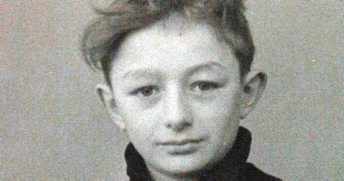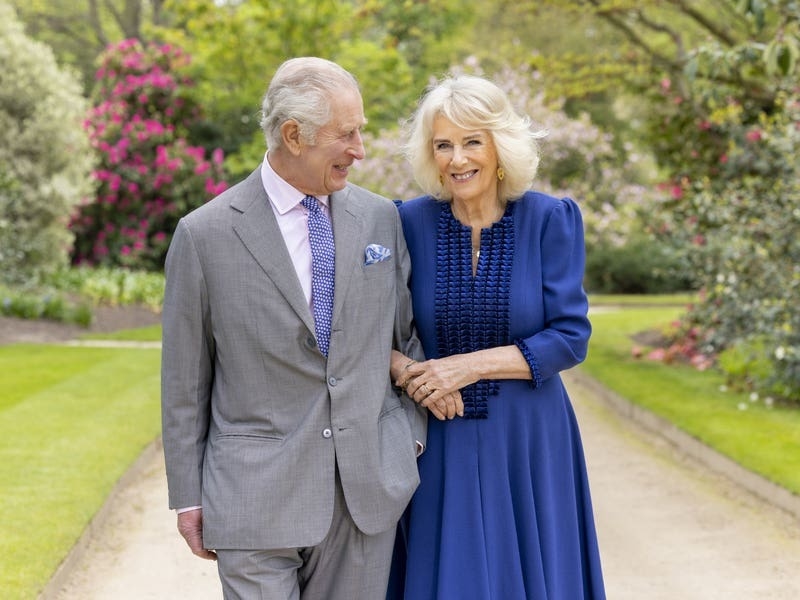It was, however, a landmark crime because it led to the Island’s last execution when, that same year, Francis Joseph Huchet was hanged in Newgate Street Prison.
The case against Huchet, a 32-year-old fitter who lived with his wife at Le Geyt Flats, was compelling and there can be very little doubt that a guilty man went to the gallows.
Indeed, the murder was committed in such a relentlessly incompetent fashion that the murderer virtually signed his own death warrant.
The victim, a 45-year-old unmarried labourer who lived with his sister and brother-in-law on Mont les Vaux in St Brelade, was missed the day after his death but it was not until Saturday 4 April that his body was discovered.
A shoe was seen protruding from what turned out to be a very shallow grave on the sand dunes near Mont à la Brune. A little digging soon revealed a corpse.
The police were called and it became apparent that the dead man had been shot in the face by a single blast from a shotgun. An examination of what clearly looked like a crime scene rapidly produced an extraordinary wealth of evidence.
The dead man’s glass eye was found not far from the improvised grave – which turned out to have been dug by hand – and nearby were two pairs of jeans, a woman’s coat and some bits of rope.
It also emerged that children had found a diary at the site, into which were folded three five-pound notes.
And tracks in the sand suggested that a vehicle had become bogged down and that another had been used to tow it free.
It was very quickly evident that the missing man had been found and inquiries about his movements on Easter Monday established that he had spent the evening drinking with Huchet, who was taken in for questioning on Sunday 5 April.
Huchet protested his innocence, saying that although he had been with Perrée he had last seen him when he dropped him off at the traffic lights at Red Houses, after drinking with him at La Pulente Hotel.
This was disputed by witnesses, who said that they had seen the two men leave the Horse and Hounds at the end of the evening and drive off together in Huchet’s Hillman car.
Witnesses also said that Perrée had been carrying a wallet stuffed with cash.
Matters looked increasingly bleak for Huchet when pieces of rope that matched those found near the body on the sand dunes were discovered in the back of his car.
The investigation, moreover, established that the woman’s coat found on the dunes belonged to Huchet’s wife, linked the two pairs of jeans to Huchet and discovered a double-barrel shotgun, contaminated with sand, which, it emerged, had been taken from the home of another of Huchet’s relatives.
It also became clear that on the night of the murder a lorry had been ‘borrowed’ from outside the home of a vraic gatherer and had been returned after – it ultimately emerged – it had been used to free Huchet’s car from where it had become stuck in the sand.
Unsurprisingly, Huchet was charged with murder and was tried in September 1959. The Deputy Bailiff, Cecil Harrison, presided, Advocate J C K H Valpy appeared for the defence, 44 witnesses were called, and for the first time in a Jersey murder trial women sat on the 24-strong jury.
The evidence amassed by the prosecution for a killing committed for Perrée’s wallet full of cash was already formidable, but the existence of an extraordinary letter, written on the torn-out fly-leaf of a prison library book, was revealed during the trial.
The letter, which amounted to a bogus confession by two men supposedly called Tom and Jim, together with a note requesting that it should be copied out in ink and sent to the police, had been smuggled out of Newgate Street.
However, before anyone had the opportunity to transform it into an even half-plausible document, it found its way into the hands of the investigating officers.
As the prosecution said, the prison letter and its covering note amounted to a signed confession.
On the final day of the trial, on 10 September, it took the 24 jurymen and women only 85 minutes to reach a unanimous guilty verdict and the Deputy Bailiff passed the only sentence then available in Jersey law, death by hanging.
According to the Evening Post report of the proceedings, the guilty man responded to the sentence calmly and was escorted from the court with a ‘half-smile’ on his face.
However, two women in the public gallery, one of them his wife, broke down in tears.
It was the first capital penalty imposed by the Royal Court for 52 years and there was to be no reprieve.
Huchet was hanged at Newgate Street at 7.30 am on 9 October 1959. A crowd of 100 people congregated outside the prison and was policed by three uniformed officers and all of the Town Centeniers but dispersed quietly when it was announced that no notice of execution would be posted.
A Home Office hangman and two assistants carried out the execution in the presence of witnesses who included the prison governor, F J Moon, and Deputy Keith Baal, president of the Prison Board.
An inquest was held at 8.30 am at the General Hospital and the prison medical officer, Dr P G Bentlif, offered the opinion that death had been instantaneous.
Death sentences continued to be passed by the Royal Court until 1986, when capital punishment in the Island was abolished, but all were commuted to life imprisonment.






